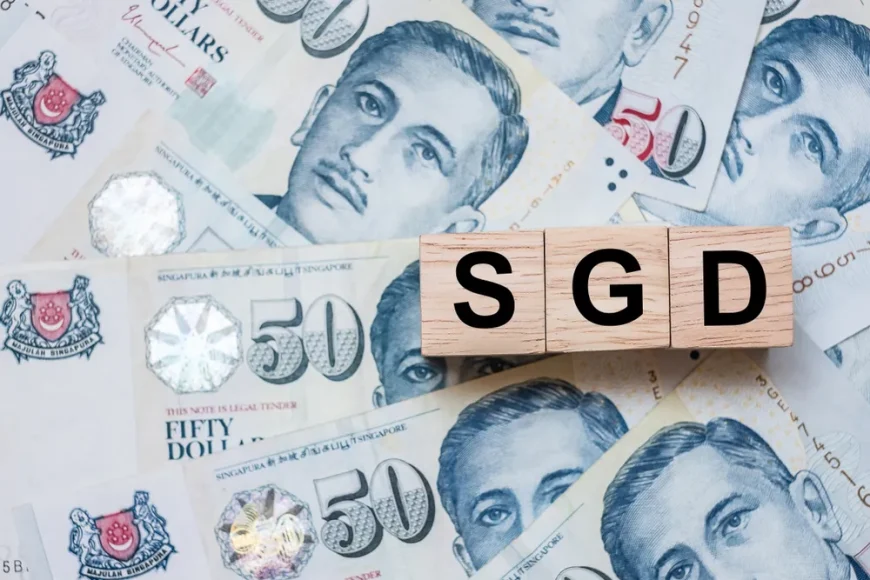If you’re taking econ tuition or simply want to better understand how economies function, knowing how government spending influences economic performance is key. In Singapore, a small and open economy, the impact of such spending differs greatly from what you might see in larger nations like the United States.
This article explores how government expenditure affects Gross Domestic Product (GDP), the multiplier effect, and long-term growth, while comparing Singapore’s fiscal approach to that of other economies. These insights are not only useful for school but also for building a strong foundation in economic tuition.
Understanding the Circular Flow of Income
At the heart of this discussion is the Circular Flow of Income (CF), a model that shows how money moves between households, firms, the government, and foreign sectors. Households provide factor inputs—like labour and capital—to firms and earn income in return (wages, interest, etc.). This income is used in three main ways:
- Consumption (C)
- Taxes (T)
- Imports (M)
What’s left is saved. These outflows—savings (S), taxes, and imports—are called withdrawals, as they reduce domestic spending. Meanwhile, money injected into the economy—through investment (I), government spending (G), and exports (X)—boosts economic activity.
The economy reaches equilibrium when the total injections (I + G + X) equal the total withdrawals (S + T + M). Any changes in spending, especially government expenditure, can shift this balance and influence national income.
The Multiplier Effect of Government Spending
One of the key ideas here is the multiplier effect. When the government spends money, for example, on building an airport, it pays contractors who then spend their income on other goods and services. This creates induced consumption that continues through several rounds. The process stops gradually as some income is withdrawn via savings, taxes, or imports.
The size of the multiplier (k) depends on the marginal propensity to consume (MPC) and the marginal propensity to withdraw (MPW). The formula is:
Multiplier (k) = 1 / MPW
or
k = 1 / (1 – MPC)
For example, if the MPC is 0.6, then the multiplier is 2.5. A $10 million investment could then lead to a total increase in national income of $25 million.
Why Singapore’s Multiplier Is Smaller
Singapore’s multiplier tends to be smaller due to two key reasons:
- High Propensity to Save (MPS): Singaporeans are required to save a portion of their income through schemes like the Central Provident Fund (CPF). There is also a strong culture of saving.
- High Propensity to Import (MPM): Being resource-scarce, Singapore imports many goods and services. As a result, a large portion of spending “leaks” out of the economy.
This means that government spending in Singapore leads to a smaller immediate boost in GDP compared to countries like the United States.
Comparing with the United States
The United States has a larger multiplier, owing to:
- A culture of consumerism, which lowers the MPS.
- Greater self-sufficiency in resources, which reduces MPM.
- A history of using fiscal stimulus, often referred to as “pump priming”, to stimulate growth during downturns.
This means an increase in government spending in the US tends to lead to a larger short-term rise in GDP.
However, there’s a trade-off. The US might face “crowding out,” where higher government borrowing increases interest rates and reduces private investment. In contrast, Singapore avoids this due to its access to national reserves and prudent fiscal policy.
Fiscal Policy and the State of the Economy
The effectiveness of government spending also depends on the state of the economy:
- If the economy is below full employment, government spending can increase real GDP without much inflation.
- If the economy is near full employment, increased spending may lead to inflation rather than real growth.
In Singapore, where the economy often operates near full capacity, careful targeting of spending is crucial to avoid inflationary pressures.
Long-Term Growth and Foreign Investment
Government spending can also lead to potential (long-term) growth, especially when invested in capital goods like infrastructure. This improves the economy’s productive capacity and can attract foreign direct investment (FDI).
In Singapore, examples include:
- Biopolis – a biomedical research hub.
- Jurong Innovation District – a business and technology park.
These projects help create new jobs, boost productivity, and attract global firms.
Real-World Examples
During the COVID-19 pandemic, Singapore tapped into its reserves to support businesses and workers, committing over 19% of GDP—a rare move that demonstrated fiscal flexibility in times of crisis.
In the US, the Infrastructure Investment and Jobs Act (2021) allocated US$110 billion for roads, bridges, and other infrastructure—aiming to enhance long-term productivity and growth.
Conclusion
The impact of government spending on GDP is influenced by many factors, including the size of the economy, savings behaviour, openness to trade, and fiscal policy choices.
In the US, such spending often brings strong short-term growth, but with the risk of crowding out. In Singapore, while the immediate impact may be smaller, well-planned government investments can lead to sustainable long-term growth by improving infrastructure and attracting foreign investment.
For students in econ tuition or those pursuing economics, these concepts help make sense of real-world policy choices. Understanding the circular flow of income, multiplier effect, and fiscal strategy isn’t just for exams—it builds a clearer picture of how economies like Singapore operate in an interconnected world.


